Tom Parker Bowles in search of the perfect strawberries and cream
Plump, buxom, sweet, juicy and with curves in all the right places, the strawberry is the very quintessence of an English summer for Tom Parker Bowles.
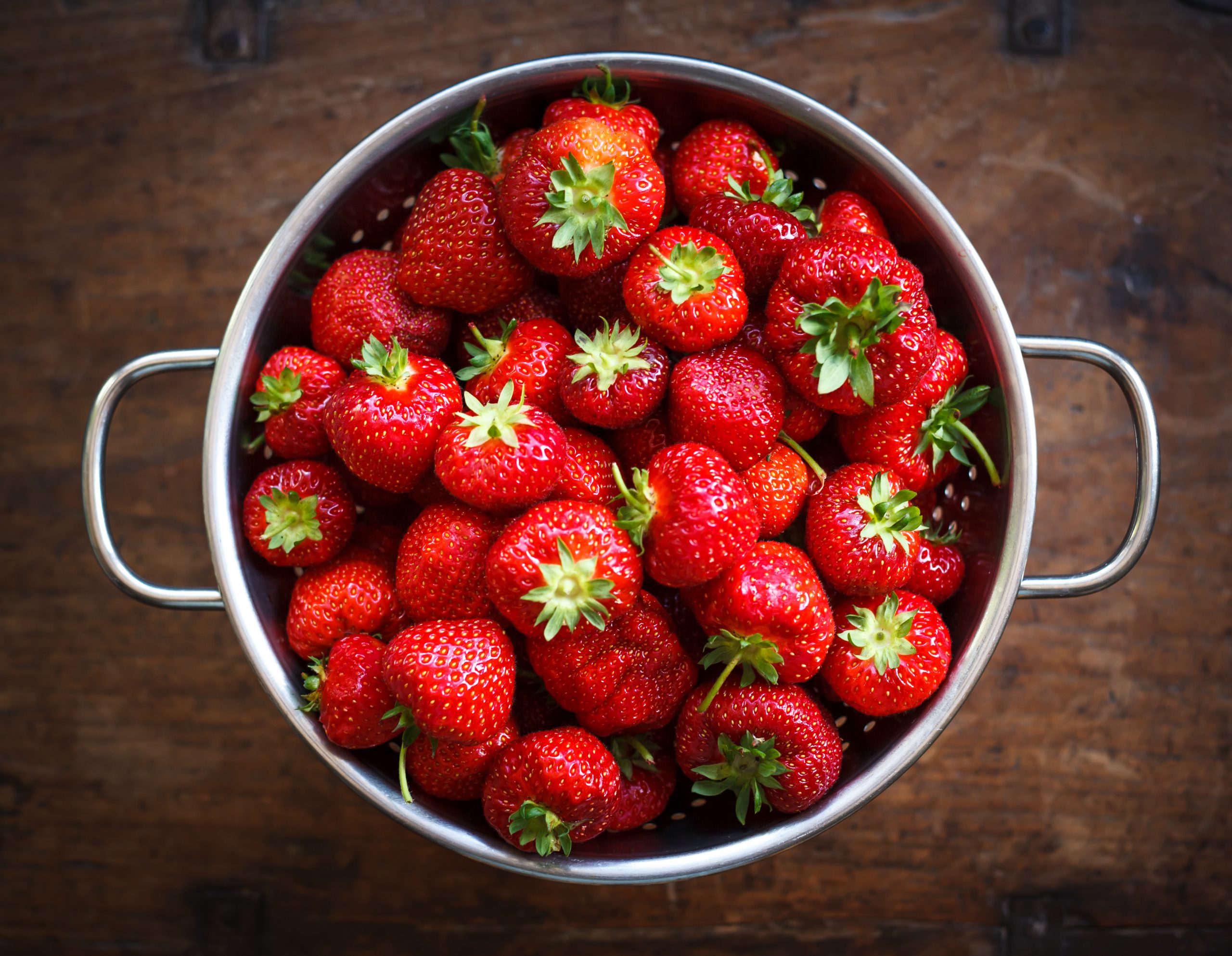

'A rich man whose teeth, constitution and heart were all stainless steel might reasonably look back to life in the mid 18th century with longing, but not if he liked strawberries,’ writes Jane Grigson in Good Things. Because the plump and buxom fruits we so adore, the very quintessence of English summer, are a relatively modern invention — an inspired fusion of the Americas, North and South.
We had, of course, our own European species, the wild or Alpine strawberry, small and intensely flavoured. Elizabeth David thought them ‘infinitely more delicious than any cultivated version’ and my father agrees. He used to plant them in the gaps between the paving stones (he still does) and they were a genuine childhood treat, gathered as we padded, barefoot, across the sun-warmed rock, eyes peeled for those tiny crimson curves. You had to move fast, as we were not alone in our adoration. These strawberries were a feast for all manner of birds and beasts, moving from inedible white to luscious fruition in what seemed like a matter of moments.
Back in the Middle Ages, these delicate beauties were closely associated with the Virgin Mary (as well as Frigg, the northern goddess of fertility), a symbol, apparently, of her loving mediation in Heaven, remarkable for being in flower and fruit at the same time. That’s because they are actually a ‘false’ or accessory fruit, with those exterior seeds the plant’s true fruit.
"The strawberry we know now has soft, come-hither sensuality and beguilingly lascivious allure"
But the strawberry we know now is a long way removed from pious purity, with its soft, come-hither sensuality and beguilingly lascivious allure. They were born in a French market garden towards the end of the 18th century, where the bright colour and flavour of the Virginian strawberry (Fragaria virginiana) was hybridised with the juiciness and size of a Chilean one (Fragaria chiloensis) to create Fragaria x ananassa, or the modern-day strawberry.
The English furthered the art of cultivated strawberries in the 19th century, with two men in particular leading the berry-based charge. Thomas Andrew Knight pioneered large-scale production — creating the ‘Downton’ and the ‘Elton’ — but it was Michael Keens and his eponymous ‘Seedling’ that, in 1821, caused somewhat of a strawberry sensation. Lauded for its size and sweetness, it is the progenitor of pretty much every modern variety. A mighty legacy as, at best, the British strawberry is all conquering. ‘Doubtless God could have made a better berry,’ goes a quote variously attributed to William Butler, Izaak Walton and the Revd Sydney Smith, ‘but doubtless God never did.’
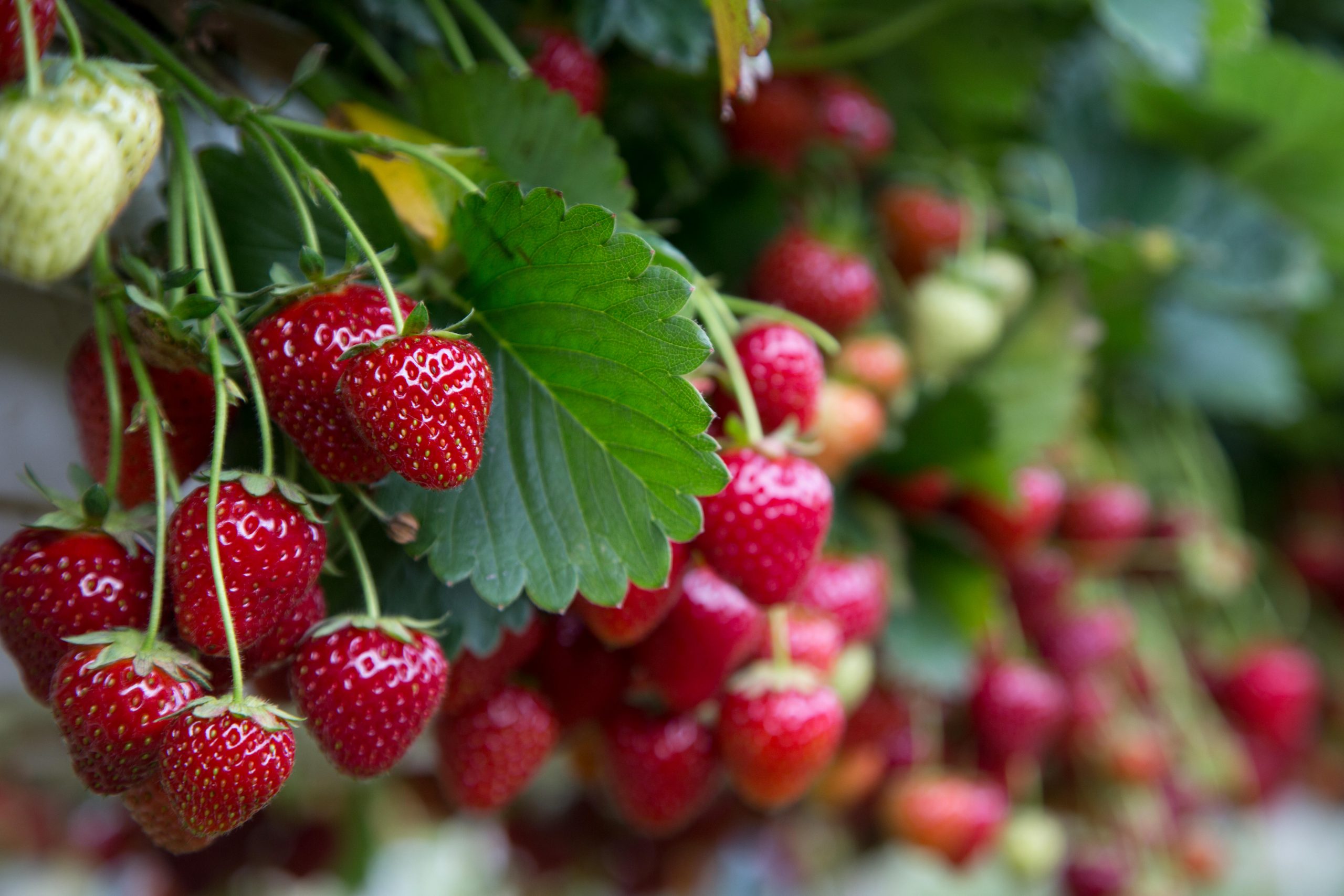
If only the flavour consistently matched their lusciously fecund appeal. Because the average supermarket specimen is all pout and no kiss, a flirt and an empty tease. They promise so much and offer nothing, little more than tediously bland ciphers. This is down to the supermarkets’ obsession with appearance, shelf life and transportability — flavour is but a fleeting afterthought. Yet it’s not all mealy-mouthed woe. Things seem to have improved a little and I recently found some half-decent specimens in Tesco. There is hope.
Still, it’s far better to grow your own (my father favours ‘Royal Sovereign’ and ‘Malling Centenary’), using straw to keep the fruit off the damp soil and netting them to hold those birds at bay. You don’t need battalions of gardeners or even your own walled Victorian garden, as they do just fine in pots. Those without the space, time or inclination should trot on down to the pick-your-own farms, where you can also ensure fruit at the very pinnacle of ripeness. Although I do always wonder how these places make any money, as only a very small percentage of bounty ever seems to make it past the mouth and into the basket.
Exquisite houses, the beauty of Nature, and how to get the most from your life, straight to your inbox.

When it comes to the actual cooking, opinions can differ. Some see the application of heat to strawberries as an act of base heresy, whereas others are somewhat more liberal. Both Grigson and David tend towards the uncooked, too — although David has a recipe for strawberry soufflé — and I tend to agree. We traditionally ate them in claret. Port also works, as does a light dusting of freshly ground black pepper.
Yet, when you do find that perfect specimen, heavy with juice, it seems a shame to add anything, save a dusting of sugar and a great dollop of cream. As is seen in the following recipe (well, less of a recipe, more of a basic construction), which comes from Dorothy Hartley’s classic Food in England, one of my very favourite cookbooks. It’s as simple as it is delectable. Use the fattest, sweetest, ripest fruits you can find — preferably picked by your own fair hand.
Real strawberries and cream
Ingredients
- Strawberries
- Double cream
- Caster sugar
Method
1. Take a deep, cold bowl half full of double cream (an old punch bowl is perfect for this purpose). Whip the cream slightly, but do not make it too stiff.
2. Then, drop into it as many strawberries as it will hold, the smaller ones being put in whole, the larger cut up. Stir as you go, mashing slightly, and when the cream really won’t cover another strawberry, leave it to stand for an hour. It will then be a cold level pale-pink cream. Crust it over with dredged white sugar and serve forth in June [or July], on a green lawn, under shady trees by the river.
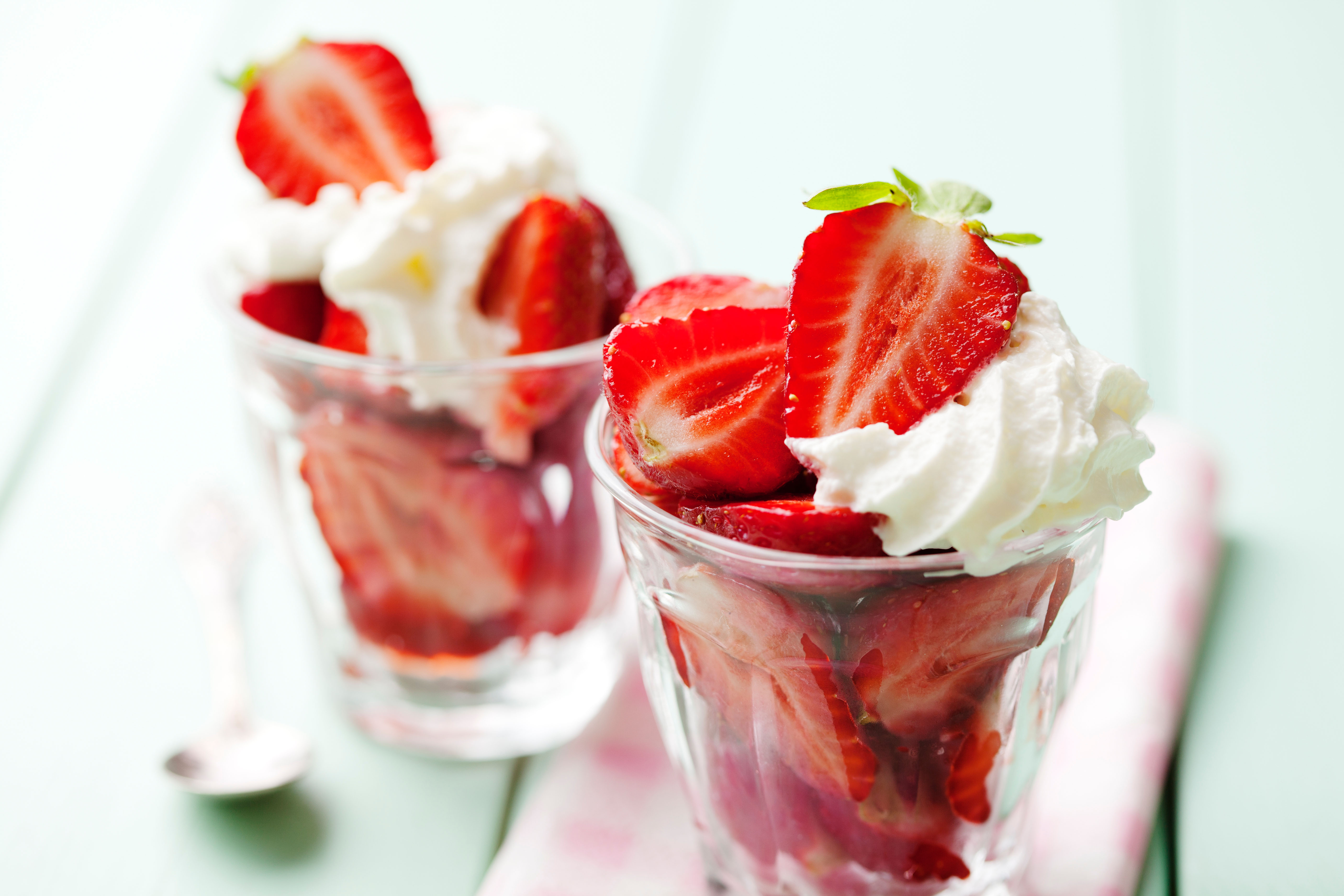
5 scrumptious strawberry recipes to make watching Wimbledon even better
A British summer without strawberries would be unthinkable.
Tom Parker Bowles is food writer, critic and regular contributor to Country Life.
-
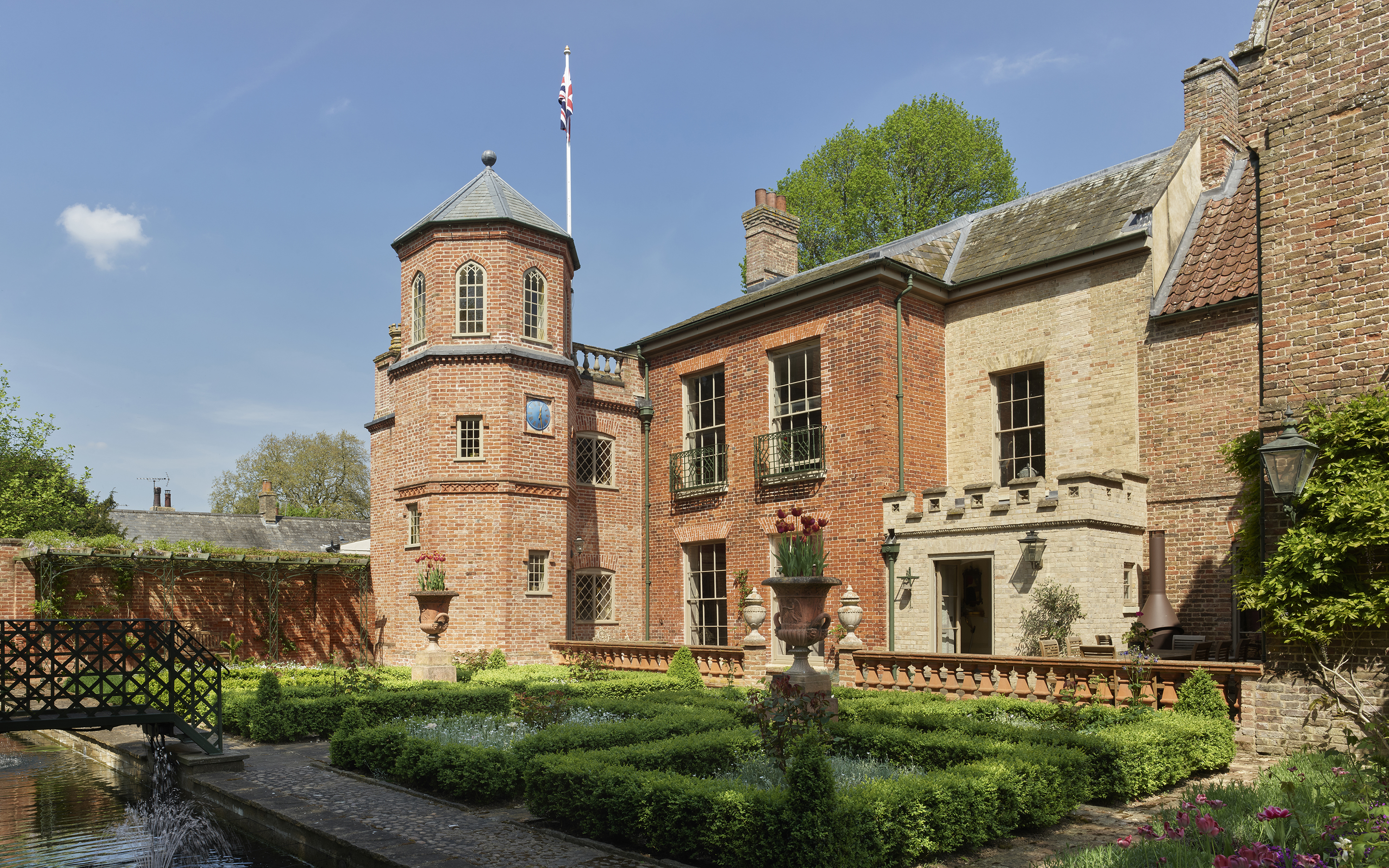 Northwold Manor: 'A place of delight once more after half a century of chaos and neglect'
Northwold Manor: 'A place of delight once more after half a century of chaos and neglect'A heroic restoration project has transformed Northwold Manor in Norfolk — home of Professor Warwick Rodwell and Ms Diane Gibbs — after more than 50 years of being left neglected. It has also illuminated its remarkable history, as John Goodall explains; photography by Paul Highnam for Country Life.
-
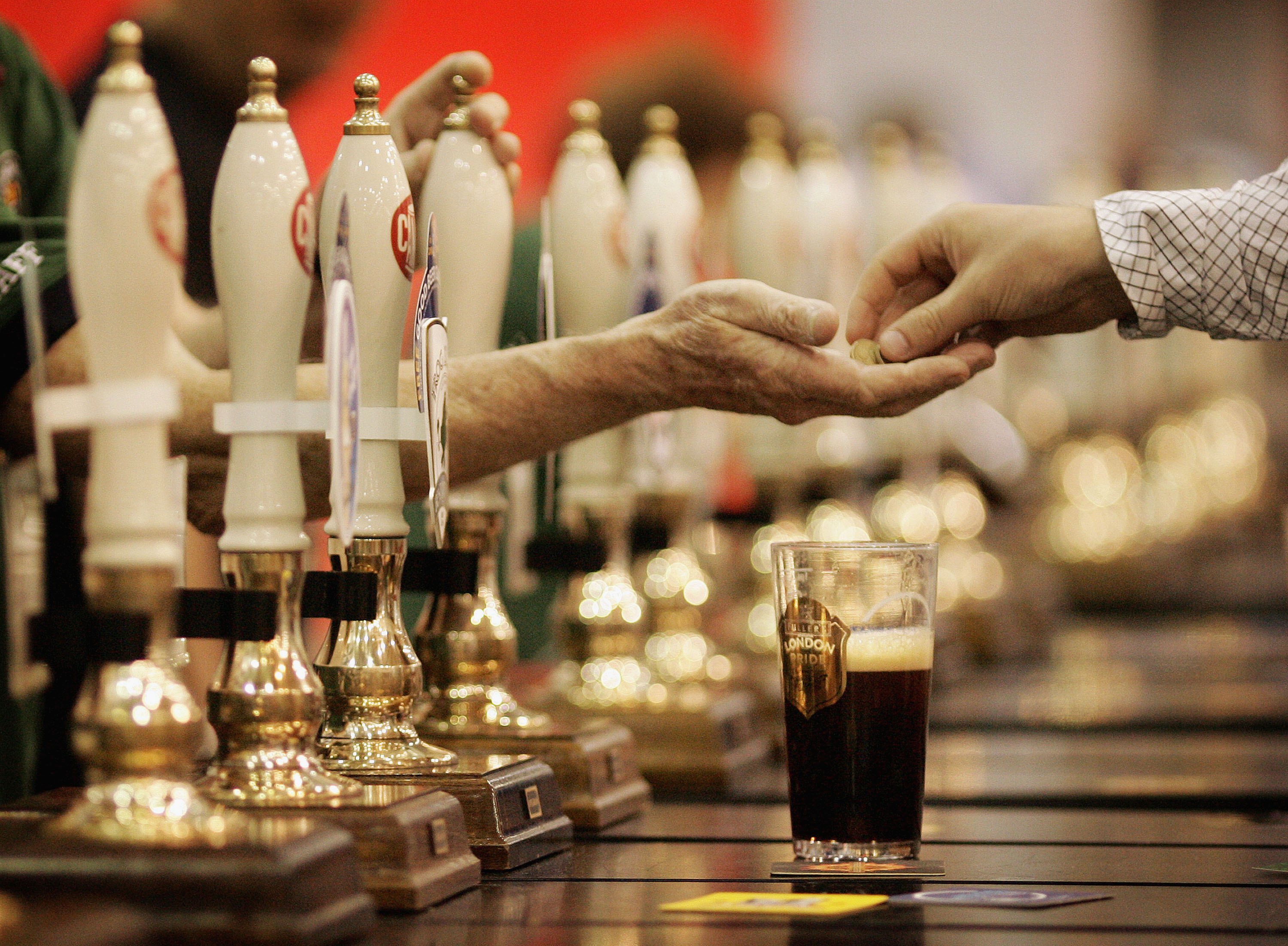 In search of London’s earliest pint
In search of London’s earliest pintEarly houses — pubs open in the early hours to feed and water the market trade — have been a cornerstone of London for centuries. Yet, as Will Hosie finds, they aren’t stuck in the past.
